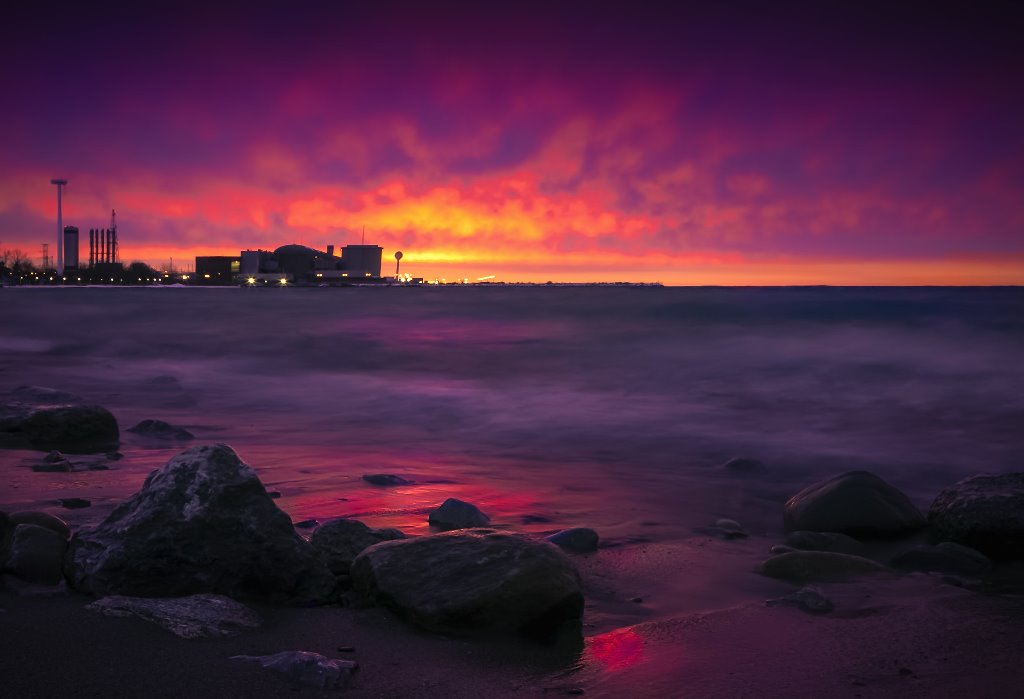Frequently Asked Questions about Atomic Energy Canada Limited:
How safe are CANDU reactors?
CANDU reactors are very safe. The many safety systems of the CANDU nuclear reactor take into account human error, equipment failure and natural risks such as earthquakes. In the event that an accident should occur, CANDU reactors are designed to contain radioactive emissions within reactor buildings.
Perhaps the most important CANDU safety principle is “defense in depth”. This safety philosophy involves five main areas: high quality station equipment; intensive and ongoing nuclear plant operator training; fault detection and correction; independent safety systems; and containment systems. There has never been an accident in a CANDU reactor where a worker has received radiation exposure, which required medical treatment.
Why could a Chernobyl-type accident not happen with a CANDU reactor?
There are major design differences between Chernobyl and western water-cooled reactor designs. The three major differences between the Chernobyl reactor design and the CANDU design are:
- The CANDU reactor is fully enclosed in a strong concrete containment structure
- CANDU safety shutdown systems are independent of operating systems and are much faster than those at the Chernobyl plant
- While the Chernobyl reactor core was filled with very hot, flammable graphite, the CANDU reactor core is filled with heavy water, and can not burn. Its huge volume of water is an excellent medium to absorb excess heat.
